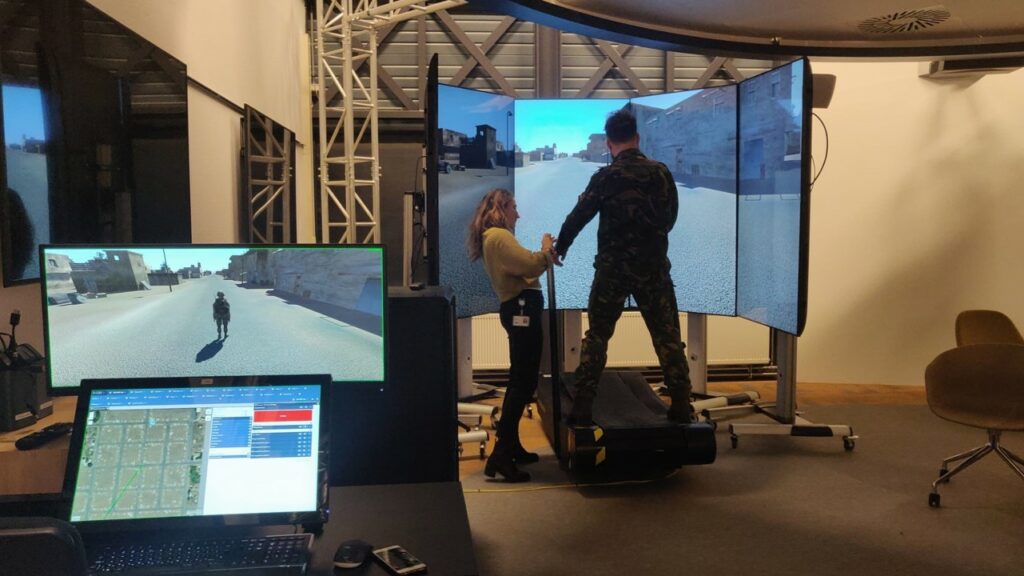Use cases
The ELSA lab applies its methodology to a number of case studies. We will select case studies based on the criteria that (1) they generate a diverse range of ELSA-related problems, (2) they are highly relevant for Dutch defence, and (3) they have received relatively little attention in the research community so far. Throughout the project we will work with new case studies and this page will be regularly updated.

Countering cognitive warfare using Early Warning Systems
Cognitive warfare aims to change what people think, how they think, and how they act. This military strategy has been fundamentally transformed by social media which allows spreading of disinformation at an unprecedented scale, gradually weakening the recipients of the information and influencing public discourse around the globe. A solution against these AI-driven adversarial tactics is to also use AI-based systems, for instance a cognitive warfare monitoring and alert system. Such an AI-based Early Warning System (EWS) uses text, image, and video analysis techniques to track and interpret social media messages on a massive scale. However, the use of AI against cognitive warfare brings up many ELSA-related problems, such as privacy concerns, and biases in recognizing something as a threat.
(Non-lethal) autonomous robots
Autonomous military robots could save and preserve soldiers’ lives by removing soldiers from the battlefield. Whereas weaponized robots that autonomously use force against humans have sparked a heated debate worldwide, many applications exist that are far more realistic in the short term. In these applications, the ELSA of the techniques are more subtle. For example, robots that autonomously survey an area to collect and interpret information from cameras and acoustic sensors, which may cause a serious invasion of privacy when overused. Another example is an autonomous robot that uses force for defensive purposes, force against objects, or use nonlethal weapons (such as tasers). The ELSA considerations of such applications are still largely unknown and will be the focus of research in this case study. During the project, more case studies may be selected, for example from the cyber, maritime, or space domain. In fact, the selection and identification of relevant military applications of AI for which ELSA are important, is part of the project and will be done via the technology monitor.
